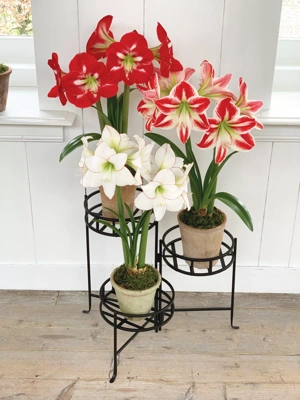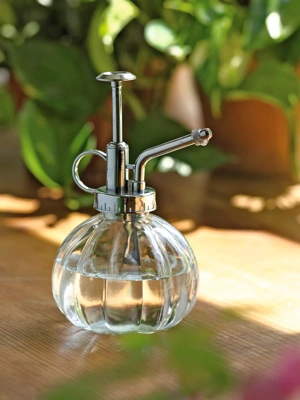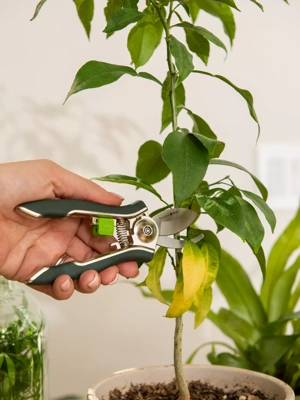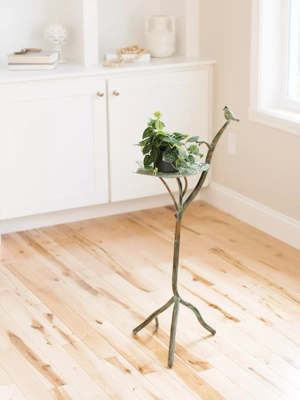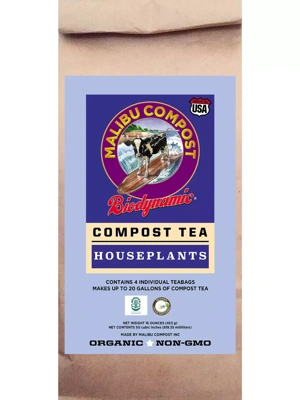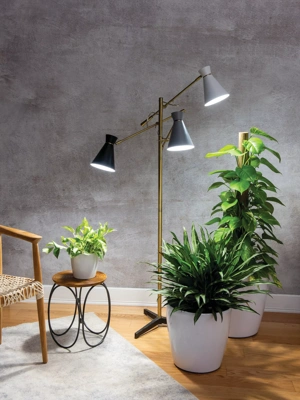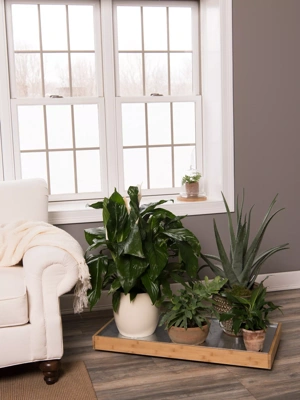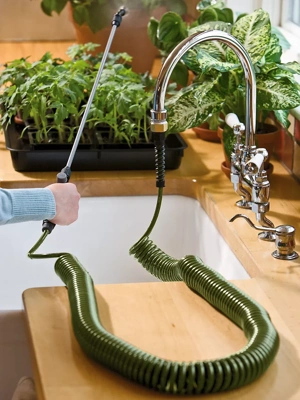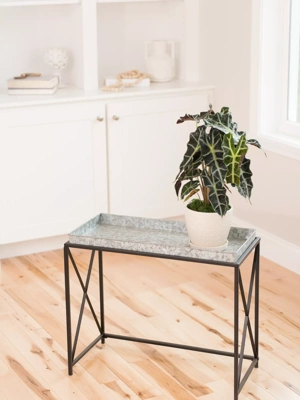How to Grow & Care for Poinsettias
 Poinsettia can be found in a multitude of brilliant red, white, and pink patterns.
Poinsettia can be found in a multitude of brilliant red, white, and pink patterns.
Poinsettias are one of the most popular holiday plants, with their vibrant bracts that contrast beautifully with their dark green leaves. Native to Mexico, where they grow as shrubs in the wild, they are also known as Mexican flameleaf, Christmas star, or Euphorbia pulcherrima. Poinsettias are not difficult to care for, but they do require some special attention to keep them healthy and blooming throughout the holiday season and beyond.
Choosing the Right Spot
Poinsettias prefer a warm and humid environment, with temperatures between 65 and 70 degrees Fahrenheit. Avoid exposing your plant to drafts, cold air, or heat sources, such as fireplaces, radiators, or vents. These can cause your plant to wilt, drop its leaves, or lose its color. If your home is too dry, you can increase the humidity by placing your plant on a tray of pebbles and water, or by using a humidifier.
Poinsettias need bright, indirect light for at least 6-8 hours a day. Place your plant near a sunny window, but avoid direct sunlight, which can scorch the leaves and bracts. Poinsettias are "short-day" plants, meaning they need longs stretches (at least 12 hours) of uninterrupted darkness to bloom. If you purchase your plant from a nursery just prior to the holidays, you won't need to worry about — the grower has already done the light/dark math for you! .

Water
Poinsettias like moist, but not soggy, soil. Be sure to select a container that has drainage holes on the bottom. Water your plant whenever the top inch of the soil feels dry to the touch. Use lukewarm water and drain any excess water from the saucer. Do not let your plant sit in water, as this can cause root rot and fungal diseases.
Fertilizer
Poinsettias do not need much fertilizer, as they are already fed by the growers before they are sold. However, if you want to keep your plant for longer than the holiday season, you can apply a balanced, all-purpose fertilizer once a month, starting in January.
Pruning
Poinsettias can be pruned to maintain their shape and size, and to encourage new growth and blooms. The best time to prune your plant is in spring, after the blooming period is over. Cut back the stems to about four to six inches, leaving a few leaves on each branch. You can also pinch off the tips of the new shoots during the summer to make your plant bushier and more compact.

Getting Poinsettias to Rebloom
Most folks treat poinsettias as a holiday annual and toss the plants when they start to deteriorate. But poinsettias are actually perennial plants — native to Mexico they can grow outside year-round in our warmest grow zones (zones 10 and 11). It takes a bit of labor, but it IS possible to bring your poinsettia into bloom again.
- In late winter or early spring, after the bracts have faded, prune your plant back to about six inches and repot it in fresh soil. Keep it in a sunny location and water and fertilize it regularly.
- In late spring or early summer, move your plant outdoors, to a shaded spot. Gradually acclimate it to more sun exposure, until it can tolerate full sun. Water and fertilize it as needed, and pinch back the new growth to promote branching.
- In late summer or early fall, bring your plant indoors, before the night temperatures drop below 50 degrees Fahrenheit. Place it in a sunny window and continue to water and fertilize it.
- In mid-fall, start the “dark treatment” to induce flowering. As short-day plants, poinsettias need long nights and short days to bloom. To achieve this, you need to keep your plant in complete darkness for 12 to 14 hours every night, from October to December. You can do this by covering your plant with a cardboard box, a paper bag, or a closet. Make sure there is no light leakage, as even a small amount of light can prevent flowering. During the day, uncover your plant and place it in a sunny window for eight to 10 hours. Water and fertilize it as usual, but do not prune it anymore.
- In early December, stop the dark treatment and move your plant to its final location, where it can receive bright, indirect light. You should see the bracts starting to change color and the flower buds forming. Keep your plant well-watered and enjoy its festive display.
Are Poinsettias Toxic?
The other thing to know about poinsettias: They are not deadly. Poinsettia sap does contain a latex-like compound that can cause skin irritations or stomach trouble (if consumed) — as with most houseplants, it's best to keep them away from children and pets.
Last updated: 05/09/2024
Print this Article:
Related items
Get the Dirt
Stay up to date on new articles and advice. Please fill out the information below.

